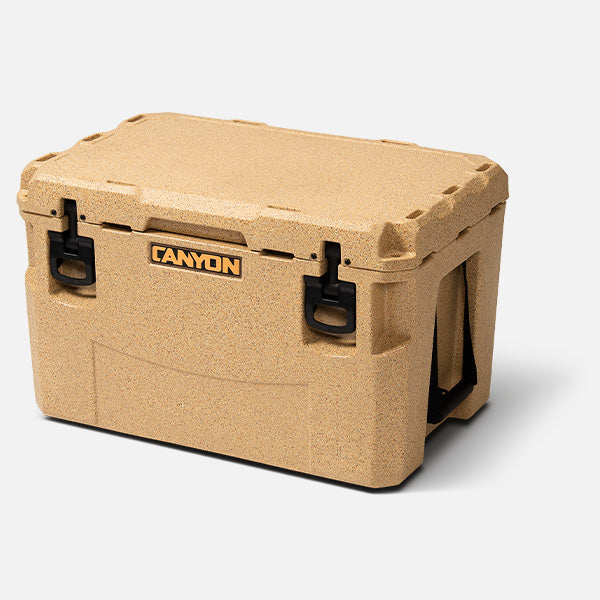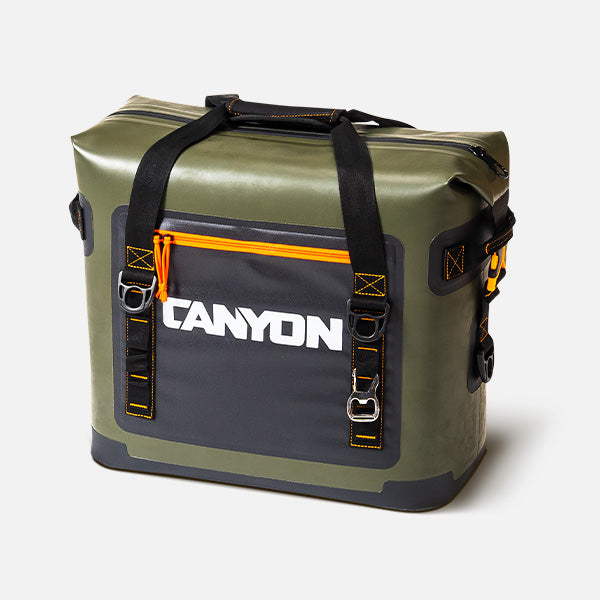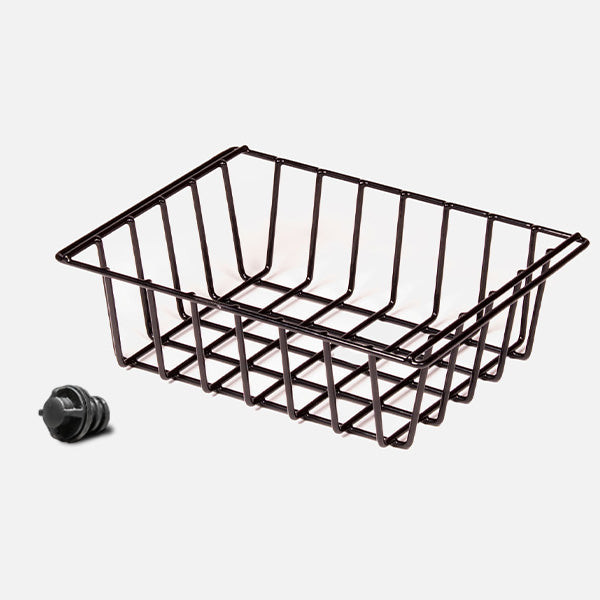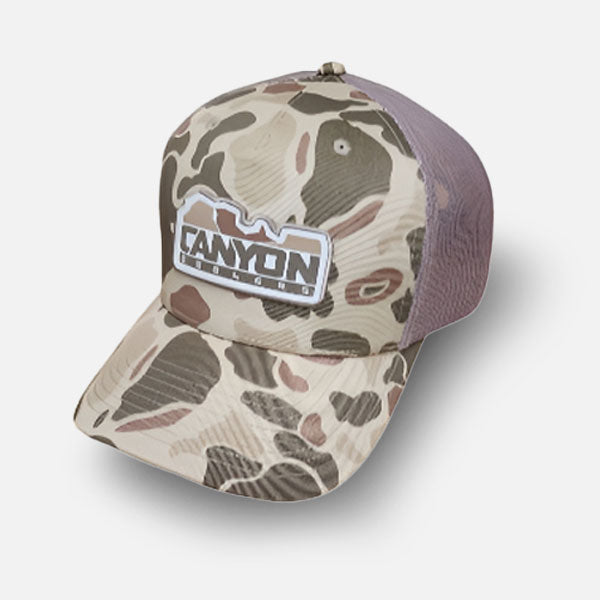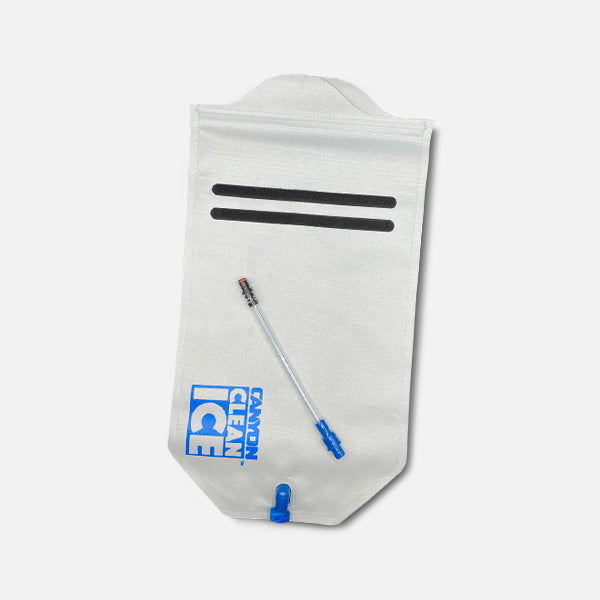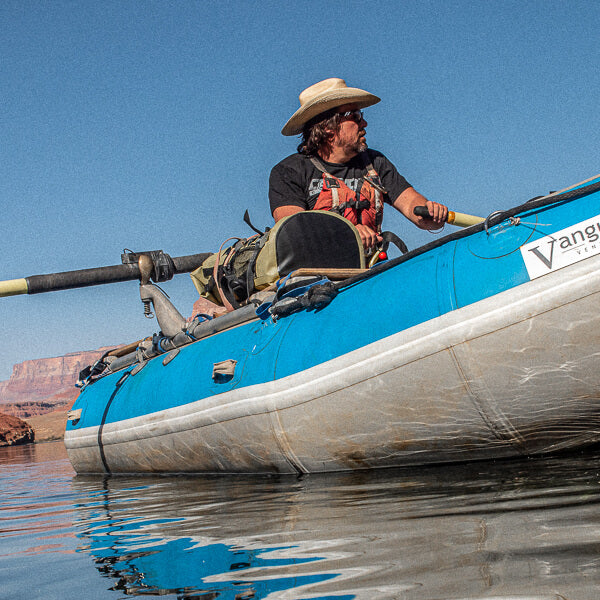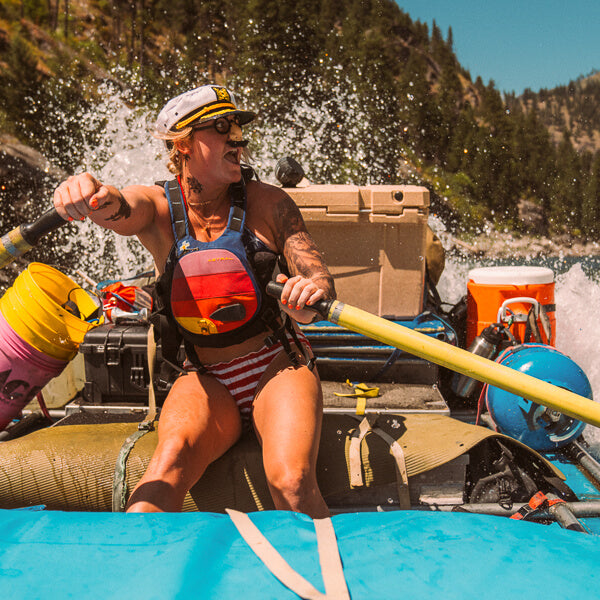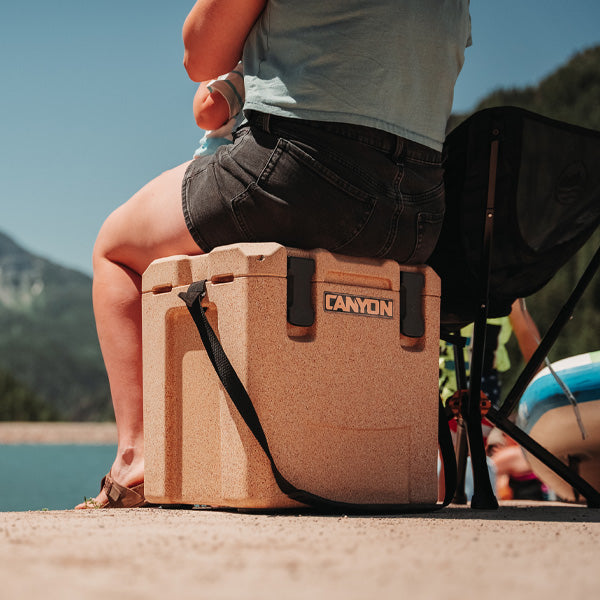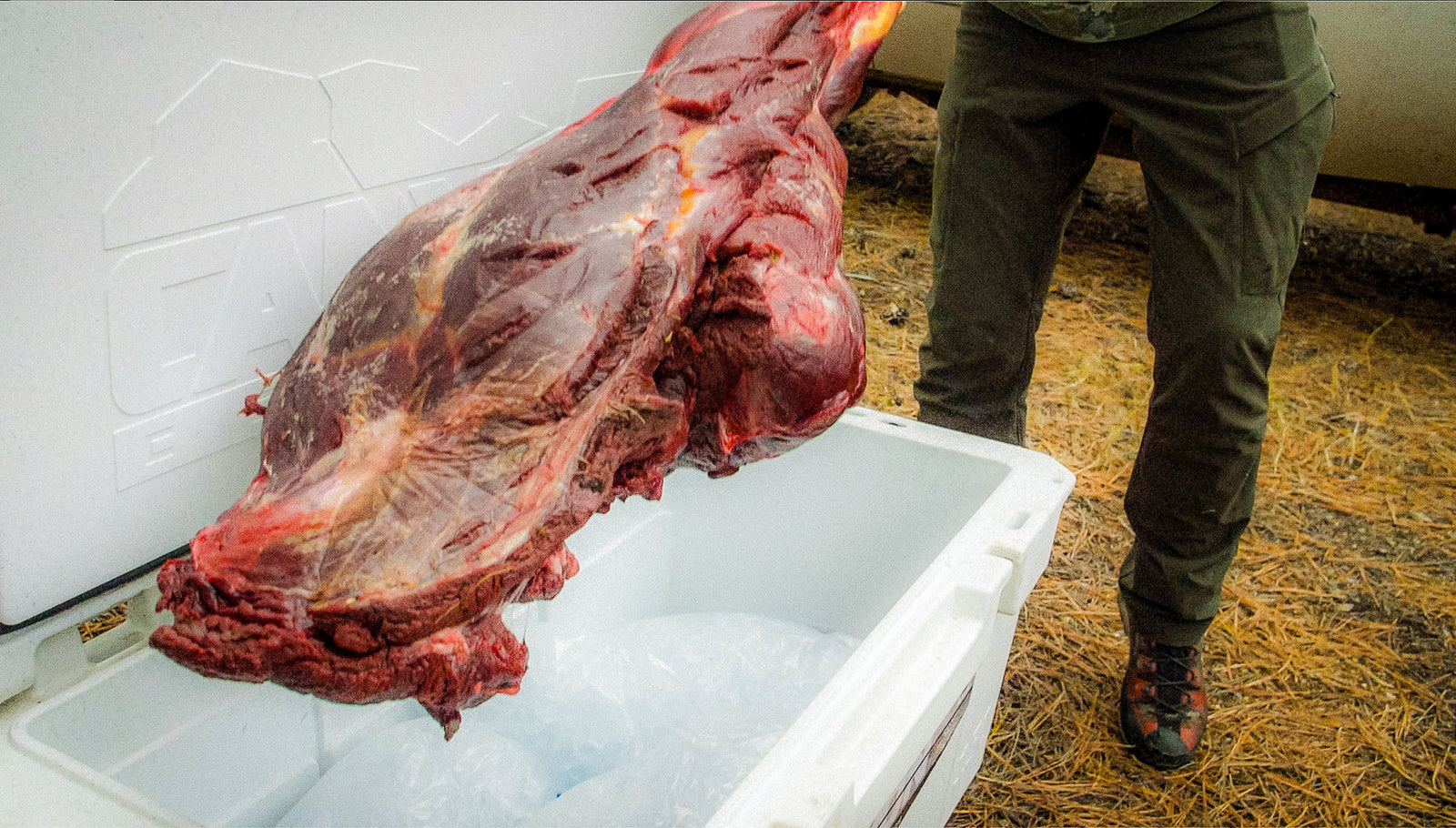Coolers are an indispensable piece of your outdoor gear kit. But It's not always easy to know how to choose the right one. From distinguishing between the dozens of established and new cooler brands to deciding between a hard-shell cooler or a soft-side cooler, there's seemingly no end to the available options to keep your food and drink (the good stuff) cold.
Despite many inexpensive items on the market, choosing one could be more costly in the long run should you experience a failure, like melted ice from a faulty seal, while on an adventure.
And if you’re going to shell out the cash for a durable cooler with better ice retention, it’s important to get the size and the cooler features that are most suitable for what you’re going to do and how you’re going to use it.
In this article, we'll help you decide whether a hard-shell cooler or a soft-side cooler will best fit your needs by looking at the benefits and drawbacks of the Canyon Nomad 20-quart and 30-quart soft-side and Nomad Go Backpack Cooler.

PROS OF A SOFT-SIDED COOLER
- Lightweight
- Small, easy to stow, easy to haul footprint
- Good at keeping drinks cold for a day or two
- Better ice retention than the Outfitter 22
CONS OF A SOFT-SIDED COOLER
- Not as durable as hard-shell cooler
- Not made for long term ice retention
- Sizes are limited
- Zippers require regular maintenance
- Ice retention is not as good as the Outfitter 35
The main reason to choose a soft-sided cooler (either the carry bags or the backpack version) is that they weigh a fraction of what a similar capacity roto-molded plastic cooler weighs.
For example, our Outfitter 35-quarthard cooler weighs 24 pounds without a cube of ice inside it. When loaded full of ice, drinks, and cold cuts, it's beastly (which is one reason it's such a great cooler).
A similarly sized soft-side cooler, the Nomad 30, however, is a mere 5.5 pounds empty. When you load it up with the good stuff, it doesn't all of a sudden turn into a Strongman competition implement. Just move it where you want it to be and enjoy the goodness inside.

Soft Cooler Construction Basics
But the fact that soft-sided coolers are light doesn't mean they're short on insulation.
Roto-molded hard shell coolers like our Outfitter, Adventure, and Pro series coolers use a rapidly expanding, high-density closed-cell foam that fills the void between the inner and outer plastic shell. In places, that's as much as 3 to 3.5 inches of thermal mass, which is what makes them so great at keeping the good stuff cold as long as they do.
Our Nomad series soft-sided coolers also use a closed-cell non-toxic NBR foam for insulation; it floats too, but it's just not as thick (only 1.25") - nor as dense. It's also not as form fit, meaning there's movement between the sheets of foam insulation and the bag itself.

But we've still seen ice retention in our Nomads in the five-day range under the right conditions. You're going to finish drinking what you keep inside your Nomad Soft Side Cooler long before the cold insulation wears off.
It's the outer construction that gives the soft-side cooler its defining characteristic - flexible walls. We make Nomad soft coolers with a durable, abrasion-resistant, thermoplastic polyurethane film (TPU) impregnated textile (try saying that 5x fast) with welded seams.
The thickness of the TPU fibers is a heavy-duty 840 denier. To put that in perspective, the denier weight of most tent floors is somewhere between 40D and 80D - depending on the tent. So 840D is highly durable and highly resistant to puncture or tear. The TPU is also resistant to mold, mildew, and fungus growth.
We did say resistant, so it's important to properly care for your soft-sided cooler to keep it looking, functioning, and smelling its best.
The Best Small Coolers For Road Trips
The textile outer shell is firm - but also flexible. It bends but retains its shape. This flexibility makes it possible to fit a Nomad Soft-Side Cooler into tight places, like on the floor between the front and rear seats of a mid-size pickup or SUV.

This makes soft coolers the ideal choice to take along on road trips where you'll have easy access to cold bottles of water or energy drinks, letting you focus on the joy of the passing road.
But it's also the outer construction that leads to a soft-side cooler's biggest weakness compared to a hard-shell cooler - its durability. We've seen Outfitter coolers fall off the back of a pickup driving down the freeway at 70 miles per hour, need little more than a new latch, and still have plenty of life left to live. That same scenario with a soft-side cooler would likely be the end of it.
The plastic shell in a hard shell cooler is the same plastic used to make whitewater kayaks. Kayaks are built to withstand being slammed into rocks by the hydraulics of mighty rivers - we wouldn't recommend using a kayak made of the same TPU Textiles of a soft cooler.
Soft coolers will not last as long as a roto-molded Outfitter or PRO series cooler.
For this reason, Canyon's 💩 Happen's warranty works differently for the Nomad Soft Cooler line. It's limited to 1 year of replacement protection. And during that year, it's limited to 1 complete replacement (the same as a hard-shell cooler).
In terms of usage, there are pros and cons to a soft-side cooler. We opted to build a single, center-placed zip-top opening on the Nomad instead of a flap back lid like other soft coolers in the market. We did this to keep more insulation surrounding the cooler's contents and keep the opening smaller, minimizing the exchange of air when you reach in to grab a cold Silver Bullet.

Yes, it makes getting to those beers a bit harder, but it keeps the mountains on the cans bluer for longer. So we felt the trade-off was a good one.
Hard-shell coolers have a hinged lid that opens out of the way entirely, so they're easier to load and easier to use - a drawback for the soft-sided cooler.
Drainage and Drying
Soft coolers also lack a drain plug. So when all that ice finally melts, the only way to drain it is to turn it upside down and let gravity do its thing. Keeping the spill contained will be trickier with a soft side cooler than a hard shell, but it's not impossible. And like the hard-shell counterparts, we also recommend propping the zip-top open for a few days to ensure the inside of the cooler is open until the inside is completely dry. Then spray a light coat of our Cooler Cleaner or a similar product and wipe it dry with a cloth. This will keep the inside clean and free of cooties and other contaminants.
Messenger Strap or Backpack Cooler
So now we know what's great and some of the drawbacks of soft-side coolers; let's look quickly at the difference between the Nomad 20 and 30 and the Nomad GO.
The 20 and 30 both have top carry padded handles (think of a purse), as well as a long padded shoulder strap that makes it easy to throw on your shoulder and haul around (think messenger bag).

The Nomad GO is our backpack cooler, and as such, lacks the padded carry handles. But it's built with backpack straps that distribute the weight to both shoulders instead of just the one like the padded shoulder harness of the original Nomad soft coolers.
If you're walking in from the parking lot to your favorite place on the beach, the soft carry handles and shoulder strap is probably sufficient. If you plan to carry the soft cooler further down the trail, you're probably better off with the Nomad GO backpack cooler.

Conclusion
The best cooler for you might be more than one cooler. Instead of grabbing one large cooler and then wishing you had the convenience of a soft cooler, consider whether a smaller-sized hard-shell cooler paired with a Nomad soft side cooler might be the winning combination. Thinking of your purchase as a system, instead of merely a product, might yield more cold drinks in more incredible places than either a hard shell or soft side cooler could alone.
And as always, if you have any questions about which product would suit you best, feel free to give us a call or email info@canyoncoolers.com. We're always here to help.

